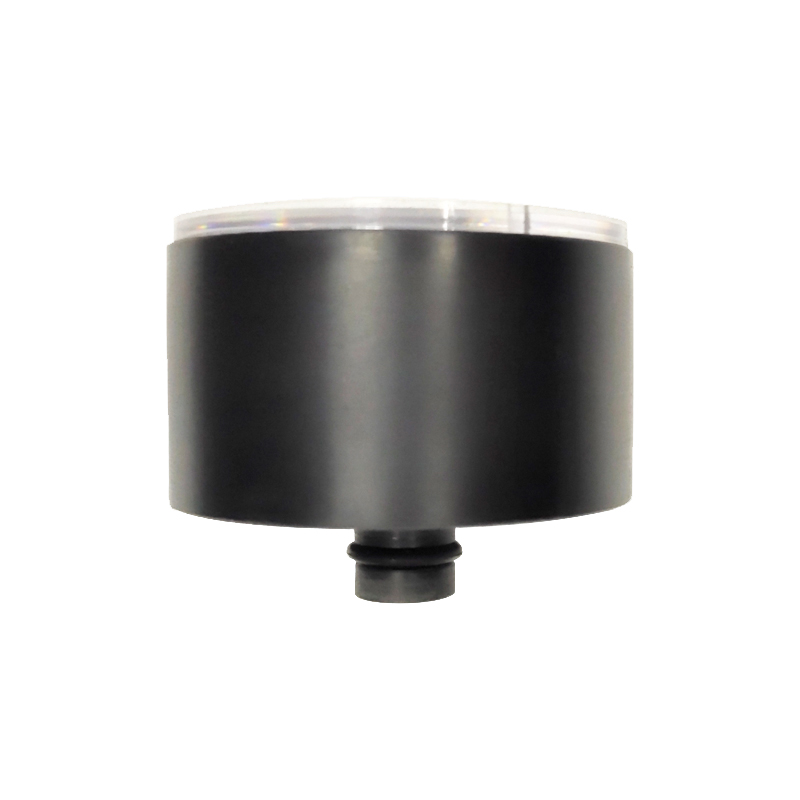
11 月 . 27, 2024 19:49 Back to list
Remote Diaphragm Seal Pressure Gauge Solutions for Accurate Measurements in Various Industries
Understanding Remote Diaphragm Seal Pressure Gauge Products
In industrial applications where pressure measurement is critical, remote diaphragm seal pressure gauges have emerged as a vital component for ensuring accuracy and reliability. These instruments are designed to measure pressure in challenging environments, where traditional gauges might fail due to corrosion, high temperatures, or viscous media. This article explores the significance, functionality, and applications of remote diaphragm seal pressure gauge products.
What is a Remote Diaphragm Seal Pressure Gauge?
A remote diaphragm seal pressure gauge consists of a pressure measuring device (the gauge) that is connected to a diaphragm seal via a capillary tube. The diaphragm acts as a barrier that separates the process fluid from the gauge and the measuring mechanism. This separation is essential for protecting the gauge from harsh process conditions, such as high temperature, corrosive substances, or solid particulates.
The diaphragm seal transmits the pressure exerted by the process fluid to the gauge without any fluid contact, preserving the integrity of the measurement and enhancing the lifespan of the gauge itself. This capability is particularly crucial in applications where the media could lead to contamination, degradation, or clogging.
Key Features and Benefits
1. Protection Against Corrosive Materials One of the primary advantages of using a diaphragm seal is its ability to provide a barrier against corrosive or aggressive process fluids. The diaphragm can be made from materials like stainless steel, Hastelloy, or PTFE, which are chosen based on the application's specific requirements.
2. Temperature Resistance Remote diaphragm seal gauges can effectively handle extreme temperature variations. The ability to install the gauge at a safe distance from the heat source or process allows for accurate temperature control and prevents damage to the measuring instrument.
3. Versatility These gauges can accommodate a wide range of applications, from food processing to chemical manufacturing. Their design allows them to handle various media, including viscous, crystalline, or sticky substances, which might otherwise clog standard pressure gauges.
4. Safety By utilizing a remote diaphragm seal, operators can enhance workplace safety. The design minimizes the risk of leaks or spills of hazardous materials, protecting personnel and the environment.
remote diaphragm seal pressure gauge products

Applications
Remote diaphragm seal pressure gauges are used across numerous industries. Here are a few notable applications
- Chemical Processing In chemical plants where corrosive and toxic substances are present, remote diaphragm seal gauges help ensure accurate pressure readings while protecting personnel from exposure to harmful chemicals.
- Oil and Gas The extraction and refining of oil and gas involve extreme pressures and temperatures. Diaphragm seals help maintain the efficiency and safety of pressure measurement in these environments.
- Pharmaceuticals In the pharmaceutical industry, maintaining product integrity is paramount. Remote diaphragm seal pressure gauges help ensure that products are not contaminated during processing.
- Food and Beverage Food safety regulations require precise monitoring of pressure in processing systems. These gauges help maintain compliance with health standards by ensuring that the process is hygienic and regulated.
Conclusion
Remote diaphragm seal pressure gauge products play a crucial role in various industries that require accurate and reliable pressure measurements. Their ability to protect the measuring device from extreme conditions and corrosive materials while ensuring safe operation makes them indispensable for modern industrial applications. As technology continues to advance, we can expect further improvements in the design and functionality of these essential tools, enhancing their usability and reliability across an even broader range of applications.
For industries relying on precise pressure monitoring, investing in high-quality remote diaphragm seal gauges is not just an option; it is a necessary step towards ensuring operational efficiency and safety.
-
High-Precision 5 Valve Manifold Differential Pressure Gauge Suppliers
NewsApr.29,2025
-
High-Precision Diaphragm Vacuum Pressure Gauges Manufacturers & Quotes
NewsApr.29,2025
-
Omega Differential Pressure Gauges High Accuracy & Durability
NewsApr.28,2025
-
Low Pressure Differential Pressure Gauges Precision Solutions & Quotes
NewsApr.28,2025
-
Digital Diaphragm Pressure Gaauge Precision Measurement & OEM Quotes
NewsApr.28,2025
-
Differential Pressure Gauge China Price High-Accuracy & Best Quotes
NewsApr.28,2025
